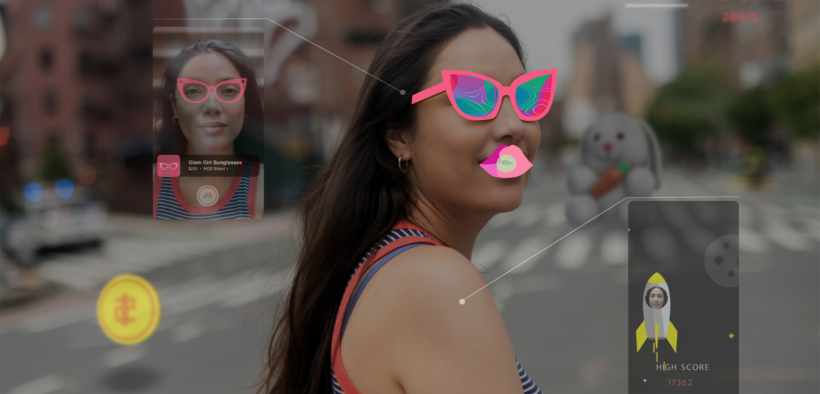Share

Augmented reality (AR) ads are on the way to becoming the new standard in retail. The technology offers consumers an immersive opportunity to try on clothes, or see how a couch looks in their living room, all without leaving home. Brands also use AR to entertain and connect with the audiences.
Magna Media Trials recently released new research that aimed to uncover the true capabilities of augmented reality ads.
Conducted in collaboration with Snap Inc, a leader in the adoption of AR globally, the study tracked AR’s role along the consumer purchase journey.
It also looked at how augmented reality advertising fared next to traditional pre-roll video advertising.
The study
Magna and Snap Inc looked at five different markets, including Australia. The research was then conducted across multiple brands in retail, cars, clothing, toys, telecommunications and lollies.
The companies surveyed user responses to pre-roll ads versus different Snapchat AR lenses. These included gamified entertainment lenses, front-facing lenses, world-facing lenses, interactive entertainment lenses and shoppable AR lenses.
The findings
The study found that AR ads capture the attention of broad audiences early in the purchase journey.
When AR is added to the mix, consumers were also more likely to progress along the journey. Purchase intent was up six percent in ad mixes that included AR, compared with those that didn’t.
Across markets, AR’s personalised experiences consistently helped to foster deeper connections to brands. Consumers were 14 percent more likely to say an AR ad helped them feel closer to a brand, compared with pre-roll ads.
But AR is about more than fun and connection. It provides utility and informs above and beyond pre-roll ads. Five percent of consumers found AR more informative than pre-roll, citing the ‘usefulness’ of AR.
The study’s use of different lenses also offered interesting insights.
Fun and interactive entertainment lenses helped to boost memorability and brand perception. While effective throughout, shoppable lenses triggered those at the end of their journey to take the next step. Meanwhile, gamified entertainment lenses worked hardest among broader audiences by shaping brand image.
“The research clearly demonstrates the power of AR to offer consumers a personalised experience they have the luxury of controlling,” Magna Australia’s head of insights Hannah Rook says in a statement.
“The fact that consumers noted utility and usefulness alongside an increase in purchase intent has confirmed AR’s ability to help drive decision-making in the purchase journey.”














